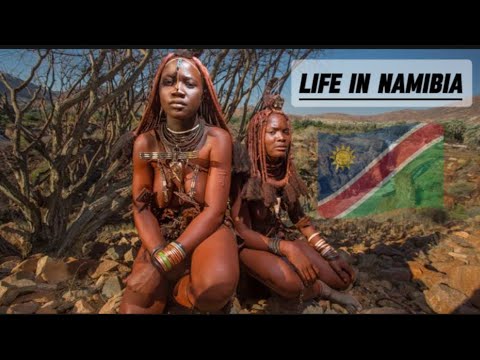
Nestled in the southwest corner of Africa, Namibia is a country of stark beauty and contrasting landscapes. It is a land where the desert meets the sea, where wildlife roams freely, and where cultures both ancient and modern shape its identity. This enchanting country offers a unique blend of biodiversity and cultural heritage, making it an irresistible destination for adventurers and culture enthusiasts alike.
### Unbelievable Wildlife
Namibia is perhaps best known for its extraordinary wildlife and conservation efforts. The country was one of the first in Africa to incorporate environmental protection into its constitution. Today, over 40% of Namibia’s surface area is under conservation management.
**Etosha National Park**, one of Africa’s largest game reserves, epitomizes this commitment to preservation. Here, visitors can witness a range of wildlife like elephants, lions, rhinos, and giraffes congregating around waterholes that dot the landscape. This park alone hosts over 114 mammal species and countless birds, including the striking Ostrich and the flamboyant flamingos.
The **Skeleton Coast**, shrouded in fog and named for its eerie shipwrecks and whale bones scattered along its shores, offers another kind of wild experience. Desert-adapted animals such as elephants, lions, and hyenas have all carved out an existence in these harsh conditions.
**The Namib Desert**, recognized as one of the oldest deserts in the world, is home to some of nature’s most incredible survivors such as the Welwitschia mirabilis plant which can live up to 2000 years. The desert also supports diverse fauna like oryxes, springboks, and elusive desert-adapted elephants that roam freely through this lunar landscape.
### Vibrant Culture
Namibia’s cultural fabric is just as intriguing as its natural wonders. The country’s population is a mosaic of different ethnic groups including Ovambo, Kavango, Herero/Himba people among others.
The Himba people are particularly fascinating due to their distinctive customs and their resilience in maintaining their traditional way of life despite modern pressures. Visitors might find Himba men and women adorned with intricate jewelry and ochre-covered skin – a practice that protects them from the harsh desert climate while also beautifying.
In Windhoek, the capital city, you can immerse yourself in modern-day Namibian culture which is a vibrant blend influenced by German colonial history evidenced in architecture like Christuskirche or Alte Feste Fortress. In addition to historical structures; markets like Post Street Mall offer artifacts that reflect contemporary arts — from basketry to hand-crafted jewelry reflecting both African traditions and European influences.
### Festivals
Namibia also celebrates various festivals that showcase its rich cultural tapestry including:
– **Windhoek Karneval (WIKA)**: Reflecting German influence through parades akin to Europe’s Mardi Gras.
– **Herero Day**: A vivid celebration featuring parades by Herero women dressed in Victorian-style dresses paying homage to their warrior ancestors.
– **Oshipe Festival**: Where Ovambo communities sell harvest produce commemorating good yield seasons.
### Conservation Efforts
Conservation remains at Namibia’s heart with innovative approaches such as community-based natural resource management (CBNRM). This program empowers communities by giving them stewardship over local wildlife resources ensuring both ecological sustainability while benefiting economically through eco-tourism.
### Conclusion
Whether it’s tracking cheetahs on foot with San Bushmen guides or listening to tales under skies lit up by millions of stars—visiting Namibia provides an unmatched experience filled with awe-inspiring landscapes intertwined with profound human histories. It goes beyond simply seeing; it involves engaging deeply with both nature’s creations as well as human perseverance against environmental extremities—truly making Namibia one remarkable corner of our world worth exploring.
